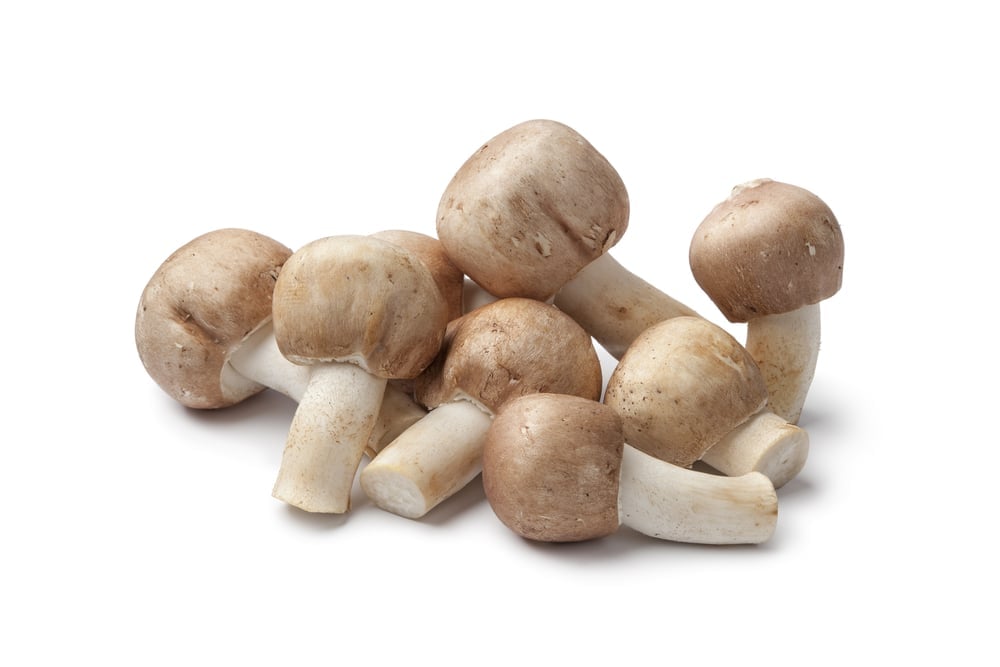
Introduction to Agaricus Blazei and Agaricus Subrufescens
Agaricus blazei and Agaricus subrufescens are two mushroom species often discussed together due to their close relationship and overlapping characteristics. Both are renowned as medicinal mushrooms with beneficial properties, but there are subtle and important differences between them. This article explores these differences in detail, focusing on their taxonomy, appearance, medicinal properties, cultivation, and uses.
Taxonomy and Nomenclature: Clarifying the Names
The taxonomy of these mushrooms has been historically confusing. Agaricus subrufescens Peck is the accepted scientific name for the species often referred to as Agaricus blazei Murrill or Agaricus brasiliensis Wasser. While Agaricus blazei was initially described as a separate species, modern taxonomic studies suggest that Agaricus blazei and Agaricus subrufescens are the same species or very closely related. Agaricus brasiliensis is another synonym frequently used in commercial and medicinal contexts. This overlap in naming has caused confusion among cultivators, researchers, and consumers.
Physical Characteristics and Appearance Differences
Both mushrooms share similar features but differ in some morphological traits:
- Cap Color and Texture: Agaricus subrufescens typically exhibits a cap color ranging from dull reddish brown to brownish gold with a surface covered by fine fibers or scales. Agaricus blazei is often described with a more uniform coloration but shares similar cap shapes.
- Spore Print: Both mushrooms produce a dark purplish brown to chocolate brown spore print, a characteristic common to the Agaricus genus.
- Distinctive Almond Scent: A key identifying feature of Agaricus subrufescens, also called the almond mushroom or almond agaricus, is its distinctive almond scent, which is less pronounced or absent in some Agaricus blazei specimens.
- Stem Features: The stem of Agaricus subrufescens is usually whitish or buff colored with cottony scales near the base, while Agaricus blazei may have slightly different stem textures depending on the strain.
Medicinal Properties and Bioactive Compounds
Both species are valued for their medicinal properties, including immune system modulation and anti tumor effects. Key points include:
- Bioactive Compounds: Both mushrooms contain β-glucans, ergosterol, and other polysaccharides that contribute to their health benefits.
- Anti-inflammatory and Antimicrobial Activity: Extracts from both mushrooms exhibit anti-inflammatory effects and antimicrobial activity against bacteria such as Escherichia coli.
- Cancer Cell Inhibition: Studies show that these mushrooms can exhibit anti tumor effects by enhancing immune responses and directly affecting cancer cells.
- Differences in Potency: Some research suggests that certain strains of Agaricus subrufescens may have higher concentrations of bioactive compounds, leading to stronger medicinal effects, but more comparative studies are needed.
Cultivation and Mushroom Production
- Growing Conditions: Agaricus subrufescens is widely cultivated as a cultivated edible and medicinal mushroom, requiring specific temperature and humidity conditions for optimal mushroom cultivation.
- Commercial Production: Brazil, Japan, and other countries produce Agaricus subrufescens extensively, often marketed under names like royal sun agaricus or sun mushroom.
- Differences in Cultivation: Agaricus blazei may be less commonly cultivated or sometimes considered a variant of Agaricus subrufescens in cultivation practices.
Nutritional Value and Chemical Composition
- Both mushrooms have a high crude protein content and are low in fat, making them nutritious additions to the human body diet.
- The chemical composition includes beneficial fatty acids, antioxidants, and phenolic compounds contributing to antioxidant effects and overall health benefits.
- Differences in chemical composition may arise from cultivation conditions, strain variations, and environmental factors.
Role in the Human Immune System and Health Benefits
- Both mushrooms are recognized for their ability to stimulate the human immune system, particularly enhancing natural killer (NK) cells and other immune responses.
- They are used as medicinal food to help treat chronic hepatitis, diabetes, and support overall immune health.
- The almond mushroom (Agaricus subrufescens) is especially noted for its slightly sweet almond aroma and is considered a potent immunomodulator.
Conclusion: Are Agaricus Blazei and Agaricus Subrufescens the Same Species?
While Agaricus blazei and Agaricus subrufescens are often treated as the same species in scientific literature, differences in naming, morphology, and cultivation exist. Agaricus subrufescens is the accepted taxonomic name, and Agaricus blazei is often used commercially or historically. Both mushrooms offer significant medicinal importance and share many biological properties, but understanding their subtle differences helps consumers and cultivators make informed choices about their use and benefits.
Masterful Display
Each and everyone of our products are deeply considered, labored over, and improved upon time and time again. We invite you to experience the difference of our carefully crafted small batches of herbal support items. Whether it be our tea line, produced for a delightful experience, or our tincture blends and extracts, we have what you need.

